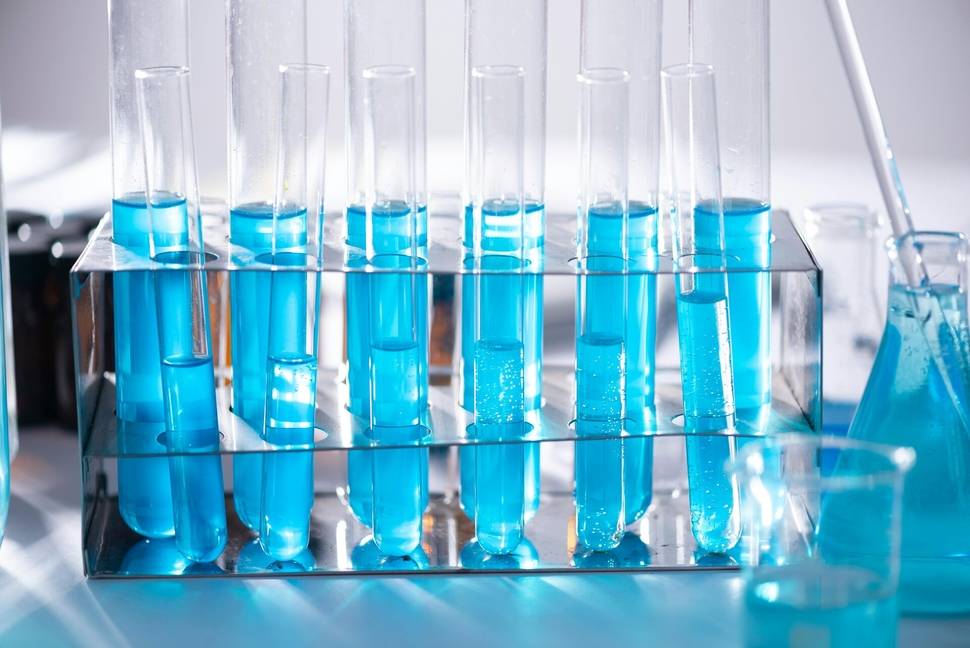
Understanding Oxidative Stress
Aug 13, 2024Exploring the Reactive Oxygen Species Assay Kit: A Key Tool for Understanding Oxidative Stress
In the realm of cellular biology and oxidative stress research, understanding the dynamics of Reactive Oxygen Species (ROS) is crucial. Our Reactive Oxygen Species Assay Kit (RDSM238) stands out as an essential tool for researchers aiming to detect and quantify ROS levels in both suspension and adherent cell cultures. This blog post delves into the features, applications, and significance of our assay kit in advancing your research.
Understanding Reactive Oxygen Species (ROS)
Reactive Oxygen Species are highly reactive molecules containing oxygen. Their generation is a fundamental feature of all living cells, where they play critical roles in various cellular processes. At low levels, ROS are integral to signaling pathways and cellular functions. However, an imbalance—characterized by increased ROS levels—can lead to oxidative stress, resulting in damage to nucleic acids, proteins, and membrane lipids.
The accumulation of ROS during oxidative stress is linked to aging, apoptosis, and necrosis. Moreover, elevated ROS levels are associated with a range of pathological conditions, including vascular diseases, diabetes, renal ischemia, arteriosclerosis, pulmonary disorders, inflammatory diseases, and cancer. Thus, accurately measuring ROS is essential for understanding these conditions and developing potential therapies.
Why Choose Our ROS Assay Kit?
Our Reactive Oxygen Species Assay Kit offers a straightforward and effective method for measuring ROS levels in cell cultures. The kit is designed for research-use only and is not intended for in-vitro diagnostics. It provides a simple, direct procedure for assessing ROS content, making it a valuable tool for studying oxidative stress and evaluating antioxidant therapies.
Key Features of the Assay Kit:
- Versatility: Suitable for both suspension and adherent cell cultures, allowing for flexibility in experimental setups.
- Sensitive Detection: Utilizes DCFH-DA, a non-fluorescent probe that, upon entry into cells, is converted by cellular esterases to DCFH. Oxidation of DCFH by intracellular ROS produces a highly fluorescent product.
- Advanced Measurement: Fluorescence resulting from DCF oxidation can be detected using FACS, a microplate reader, or a fluorescence microscope with an excitation/emission wavelength of 495/529 nm. The intensity of fluorescence is directly proportional to the ROS levels.
Applications and Benefits
The Reactive Oxygen Species Assay Kit is a powerful tool for researchers investigating oxidative stress and its implications in various biological contexts. Key applications include:
- Studying Oxidative Stress Inducers: Evaluate how different factors contribute to ROS generation and oxidative stress.
- Assessing Antioxidant Therapies: Determine the efficacy of antioxidants and other therapeutic agents in reducing ROS levels.
- Exploring Pathological Conditions: Investigate the role of ROS in diseases and conditions associated with oxidative stress.
By providing accurate and reliable measurements of ROS, our assay kit enhances the ability to explore and understand the complex role of oxidative stress in cellular processes and disease mechanisms.
Conclusion
In summary, our Reactive Oxygen Species Assay Kit is an invaluable asset for researchers focused on oxidative stress and its biological implications. Its ability to provide precise measurements of ROS in cell cultures makes it an essential tool for advancing research and developing potential therapeutic interventions. For more information or to incorporate our assay kit into your research, feel free to reach out to us.
Stay at the forefront of oxidative stress research with our cutting-edge assay kit and unlock new insights into cellular health and disease. View our ROS Assay Kit here.